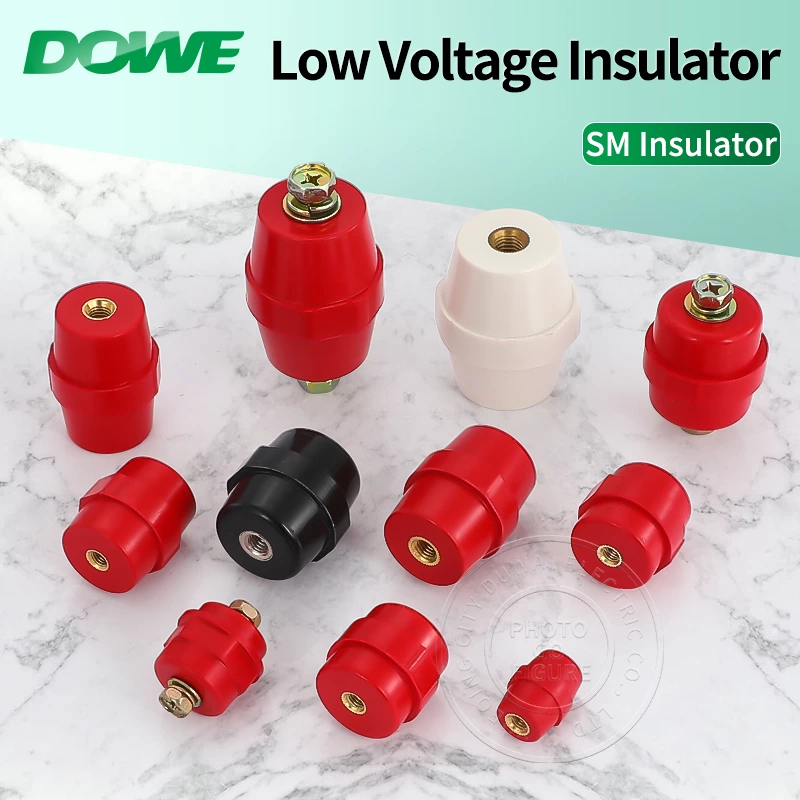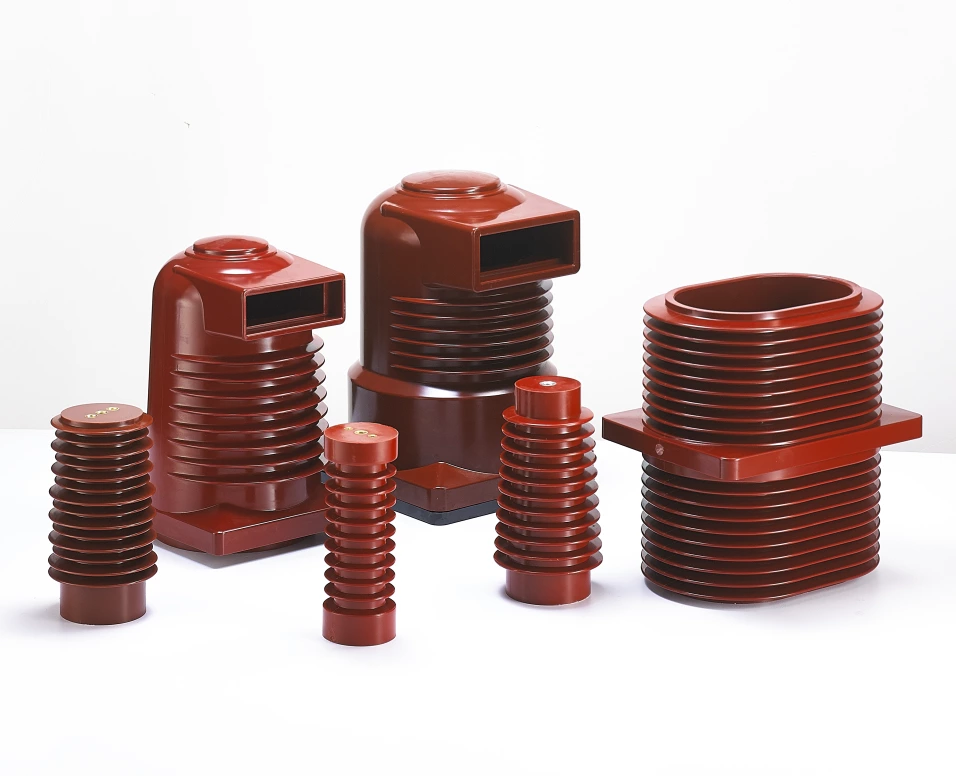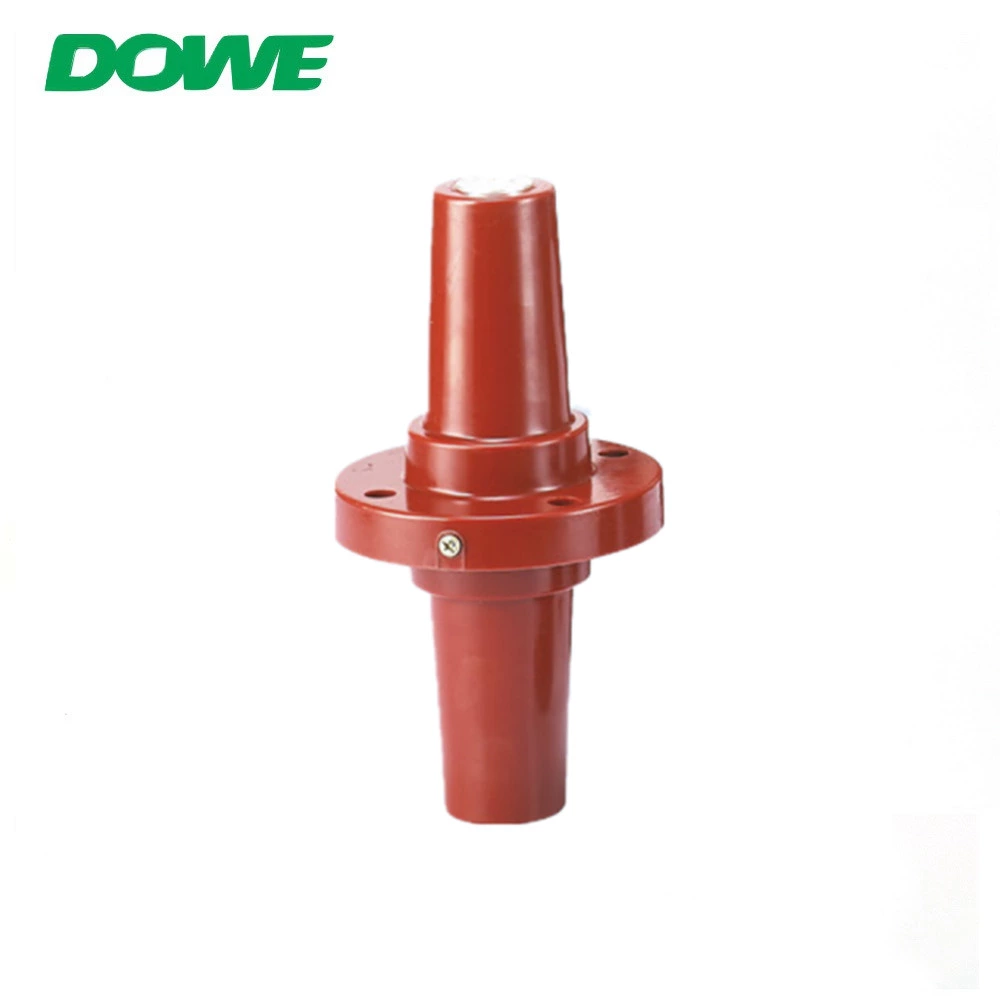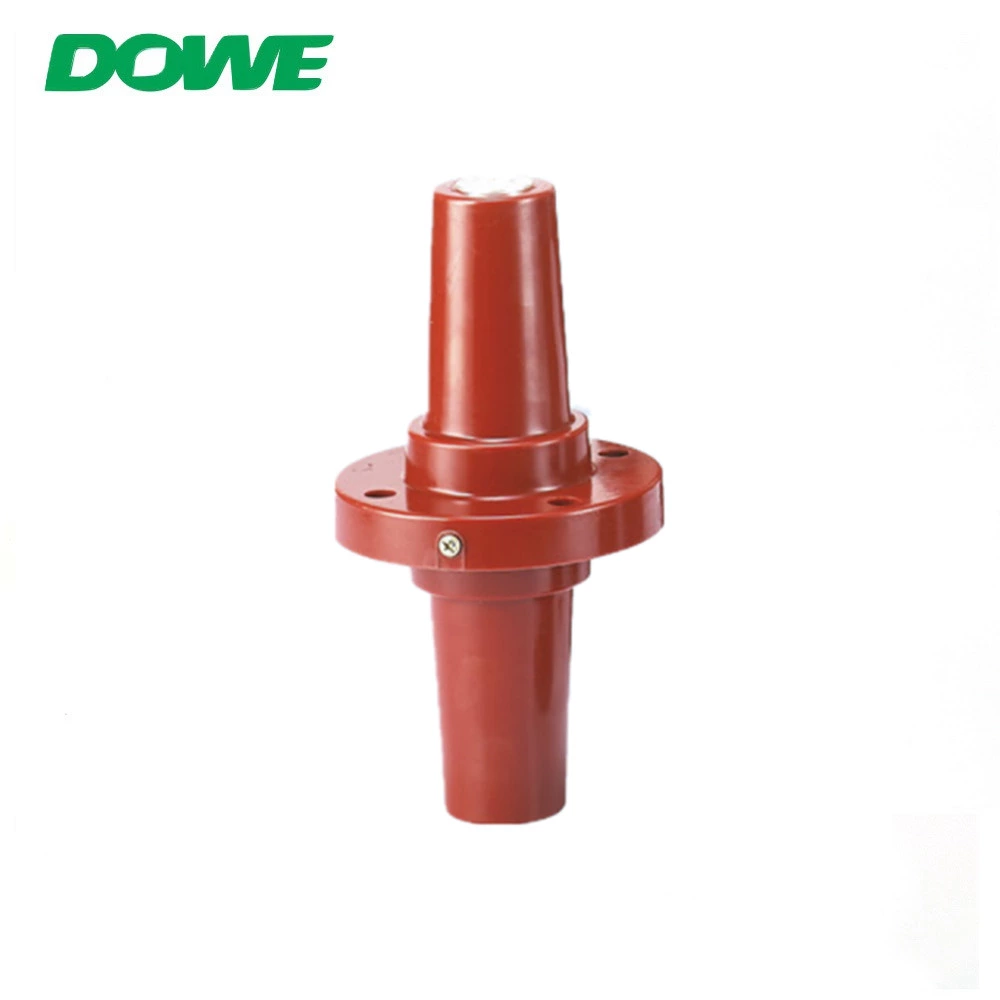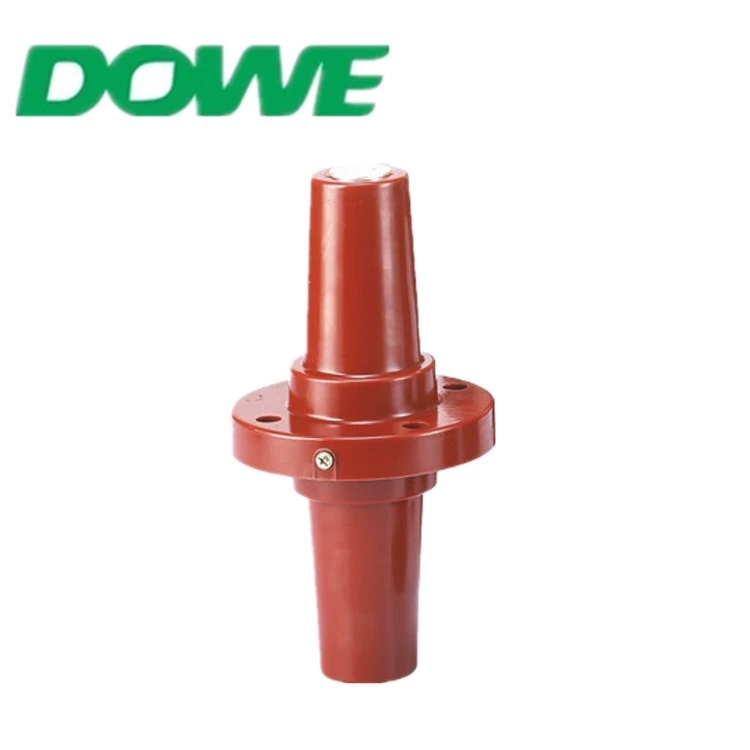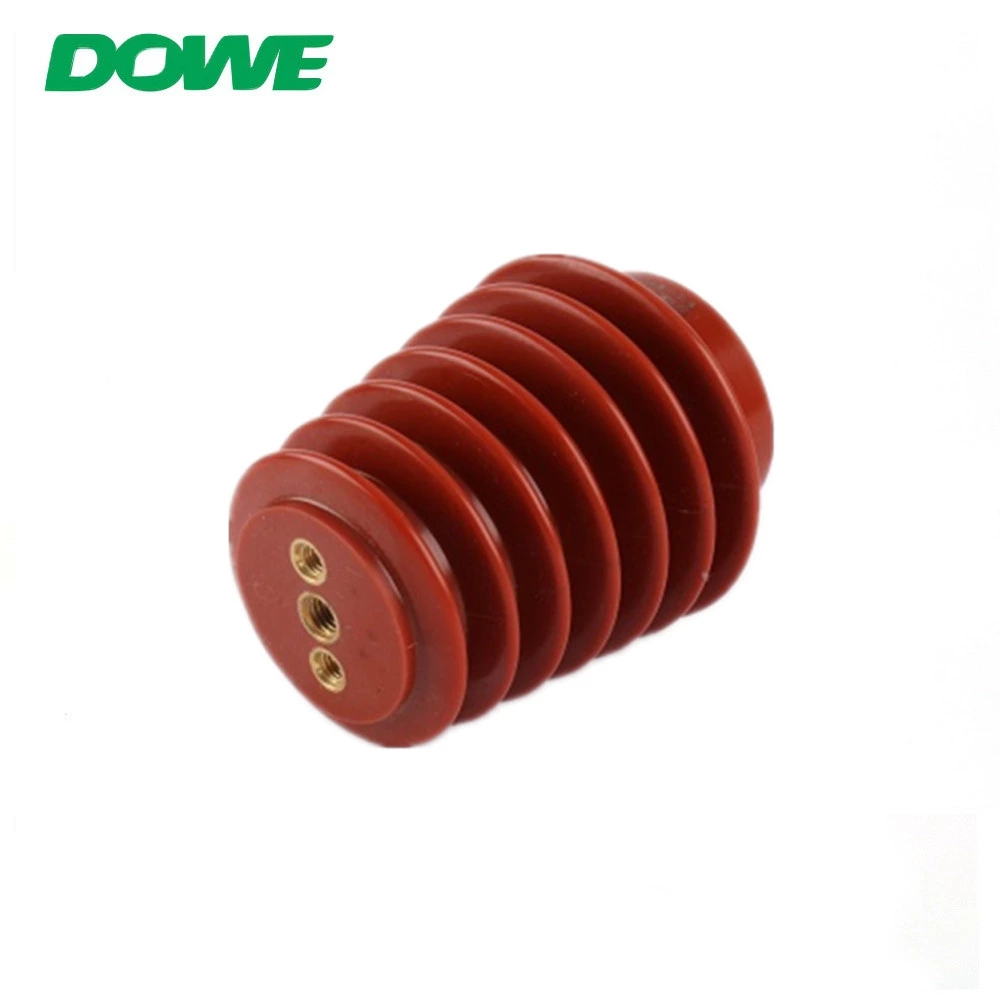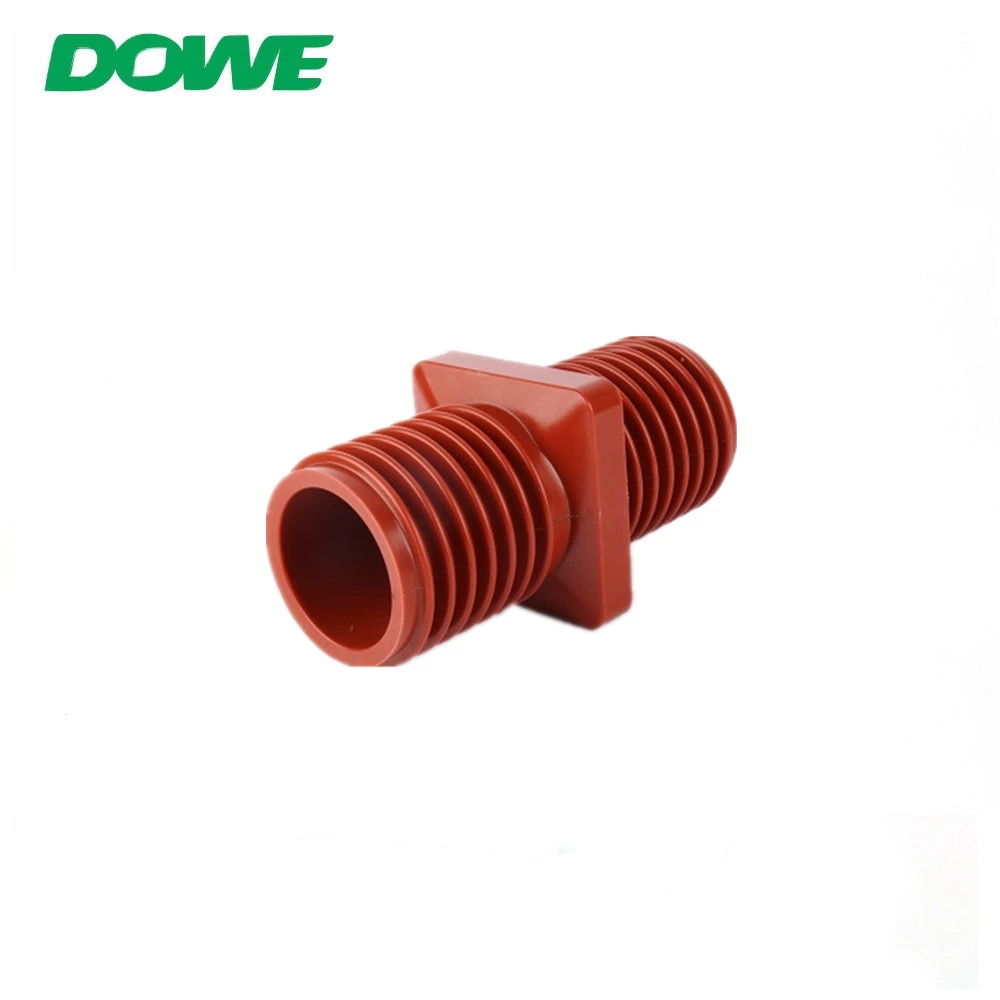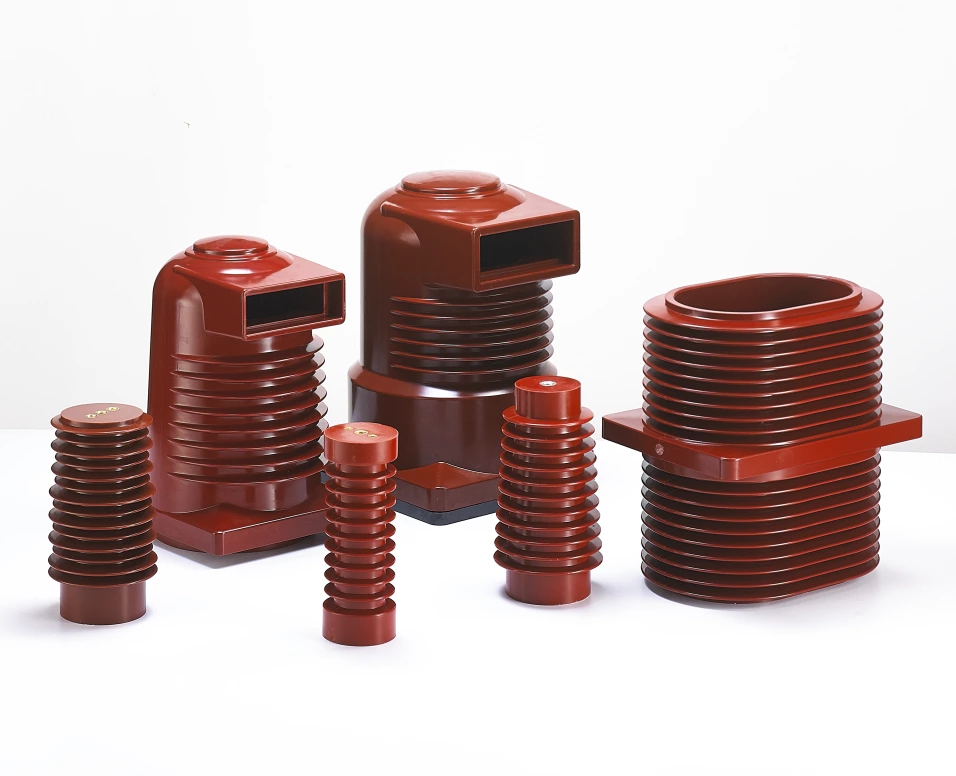Performance Evaluation Standards and Five Key Factors Influencing Heat Shrinkable Tube Quality
With the development of heat shrinkable tube technology and the improvement of domestic standards, the quality of heat shrinkable tubes has been formally stipulated. In the past, only insulation properties were required, but now domestic attention is paid to products, safety, and the environment. Heat shrinkable tube, as a common insulating tube, has become one of the important materials for electricians. How to choose high-quality heat shrinkable tubes is today’s topic. There are five factors that affect the quality of heat shrinkable tubes:
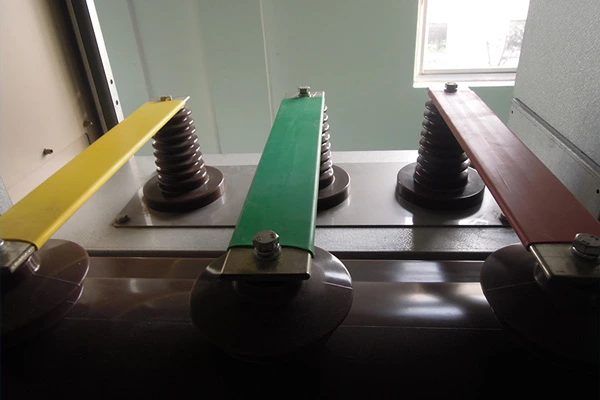
1. Electrical performance: The quality of electrical performance is the primary principle for judging the quality of heat shrink tubes. It mainly considers whether the electric field distribution of the insulation is reasonable, whether the measures to improve the electric field are appropriate, the electrical strength of the material, dielectric loss and the insulation grade of the product, etc. At the same time, the stability of electrical properties also needs to be considered, including the physical properties of the insulation and the stability of the structure. Most heat shrink tubes are usually rated at 600V, ultra-thin heat shrink tubes are rated at 300V, and busbar heat shrink tubes can reach 10-35KV.
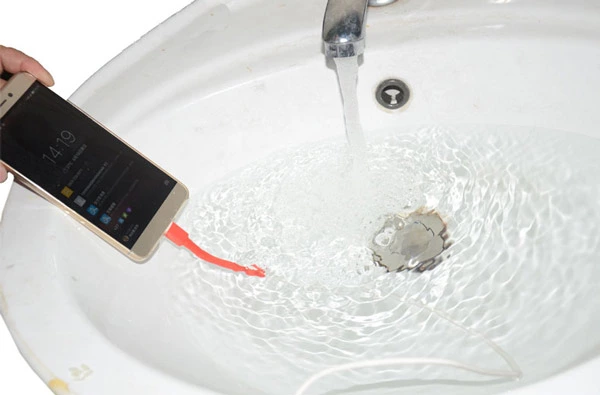
2. Sealing performance: Sealing and moisture-proofing is a must-have performance of heat shrinkable tubes, which directly affects the electrical performance and service life of the products protected by heat shrinkable tubes. The sealing structure must be stable and perform stably. Heat shrink tubing is wrapped around the cable and buried directly in a humid environment, so the moisture seal must be excellent.
3. Mechanical properties: As the protective layer of cables, heat shrinkable tubes must have mechanical properties of wear resistance, softness, bending resistance and shock resistance. It should withstand a certain amount of tension and have the ability to prevent damage from external forces, such as the ability to prevent damage from rats and other small animals.
4. Chemical properties: Heat shrinkable tubes are usually used as insulation protection for solder joints of cables. The use environment of cables is very complex and requires stable copper stability. It not only requires qualified mechanical properties before it can be used, but also has corresponding requirements for oil and chemical resistance. In such environments such as oil and chemical solvent resistance, high-temperature-resistant heat shrinkable tubes are usually used.
5. Process performance: The process and material manufacturing process are an important condition for the selection of heat shrink tubes. The installation process should be as simple as possible to facilitate on-site construction. The technical requirements for workers are not high, the working environment is not picky, and the installation quality is controllable. reliable quality.
The reliability of heat shrinkable tubes can be evaluated and purchased from five aspects: electrical performance, sealing performance, mechanical performance, chemical performance, and process performance. As a common insulating material, heat shrinkable tubing is fully qualified and fully meets the above requirements. It is the best choice for cable protection. The corresponding problems can be solved by using heat shrinkable tubes. Please go to DUWAI to purchase heat shrinkable tubes.

